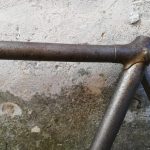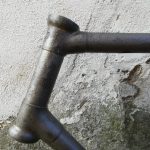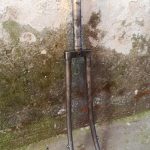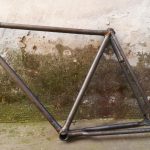Bike can have a second life: the story of Italian one, from Piedmont
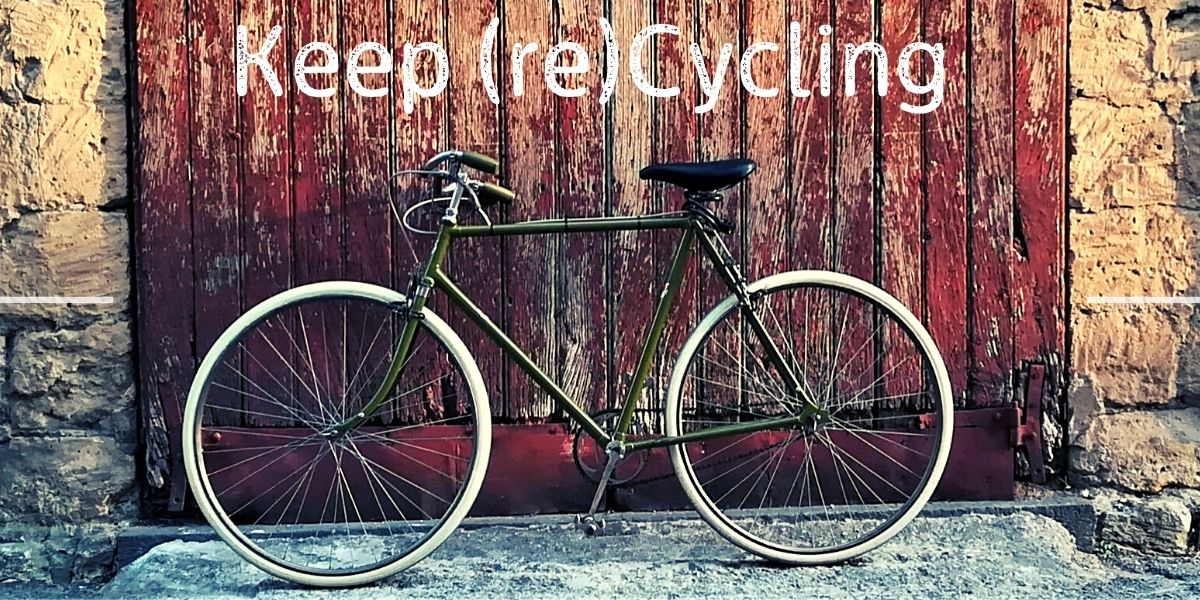
Undoubtedly, the bike is the most environmentally friendly means of transport. Now the question is: it is possible to assemble a hundred years old pieces, to give life to a new bike? The answer is total yes. Set somewhere between rust and grease encrusted for years, we will tell the story of how (re)born a bike. Surrounded by remote countryside and hills, on the border between Piedmont and Lombardy.
It sometimes happens to become attached to stuff, which becomes almost an extension of our unfinished identity. So we start collecting any kind of objects, that have nothing but the task of satisfying our soul. This also happens with old pieces of a bike, for example. But can we reassembled them again and give a second life to the bicycles, even the historical ones?
The mysterious world of bicycle collecting
Describing the world of classic bike collecting would imply talking about many peculiar stories. Nowadays, the web is teeming with blogs and online magazines about the subject. You can find there expert collectors, amateurs, simple enthusiasts, even (unfortunately!) speculators. Everyone is ready to share information, photos of discoveries and astonishments of ” pieces”, found from Sunday markets, such as those on Sundays in Piedmont at dawn.
A bike collector is someone who is looking for the most preserved object possible. When pieces are missing, he searches for the original components of the bike. Therefore, to be considered valuable, the bike must be undamaged, not modified with parts or components that do not belong to it. Moreover, it must not be manipulated over time. Clearly, you can modify a bicycle with replacement components that at the time were destined to keep the cycle going. For this reason, you can use it as an old model, but modernized, instead of buying a new one.
The second life of a bike
Sadly, time also inevitably affects the objects, especially mechanical ones. Even bicycles are not exempt from the wear and tear of time. Moreover, the pursuit of its “preserved” parts is very often difficult. Thus, the bike “accepted” the progress of the years, without any substantial aesthetic and mechanical modifications made by man.
Once you have collected enough century-old iron, worn and incomplete, but with handfuls of white pieces recovered, beautiful and functional, you may decide to attempt a restoration. Be careful though: this must be strictly non-conservative. It is therefore necessary to assemble the cycle with the old parts, restoring its functionality. So then a bicycle is ready for a new life.
Let’s take a 1923 Wolsit racing frame, for example. This was in the wild, rusty state. Additionally, it was originally sandblasted, because the surface layer could no longer be preserved. When the colour – or at the very least, its closest version to the original – was restored, the frame is finally suitable to be assembled with vintage pieces. And we, fortunately, have the original bottom bracket shells and headsets.
So, the band brakes of the Twenties, the chainweels and pedals of the same period, the sports rims of the Thirties with wing nuts of the Twenties, the Superga sports tyres, the 30s, and 40s olive green Wolsit sport grips, and finally the Wolsit decals of the Fourties reappear as new. The twenty-toothed freewheel has been replaced with a stock piece, while the light grey brake sheaths have been found. Almost all the components of the bike have the signature of manufacturers’ brands and the year of production. In fact, a long time ago, the Italian moped industry was at the cutting edge of technology and production quality.
The new 1923 racing Wolsit, with the newly installed parts, challenges the burden of time and is ready to run on beautiful cycle paths or roads with maintained asphalt. Hence, this is a great example of how good quality and craftsmanship are destined to last over time, and that the second life is a right that all objects deserve.
The development of the restoration project and the re-assembly were carried out by #Paramanubrio.
Gerardo Califano_ NZIRIA team home


